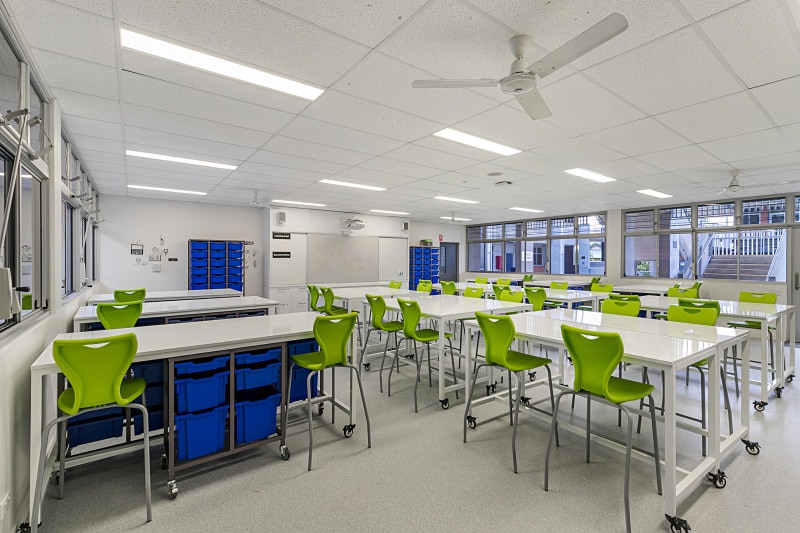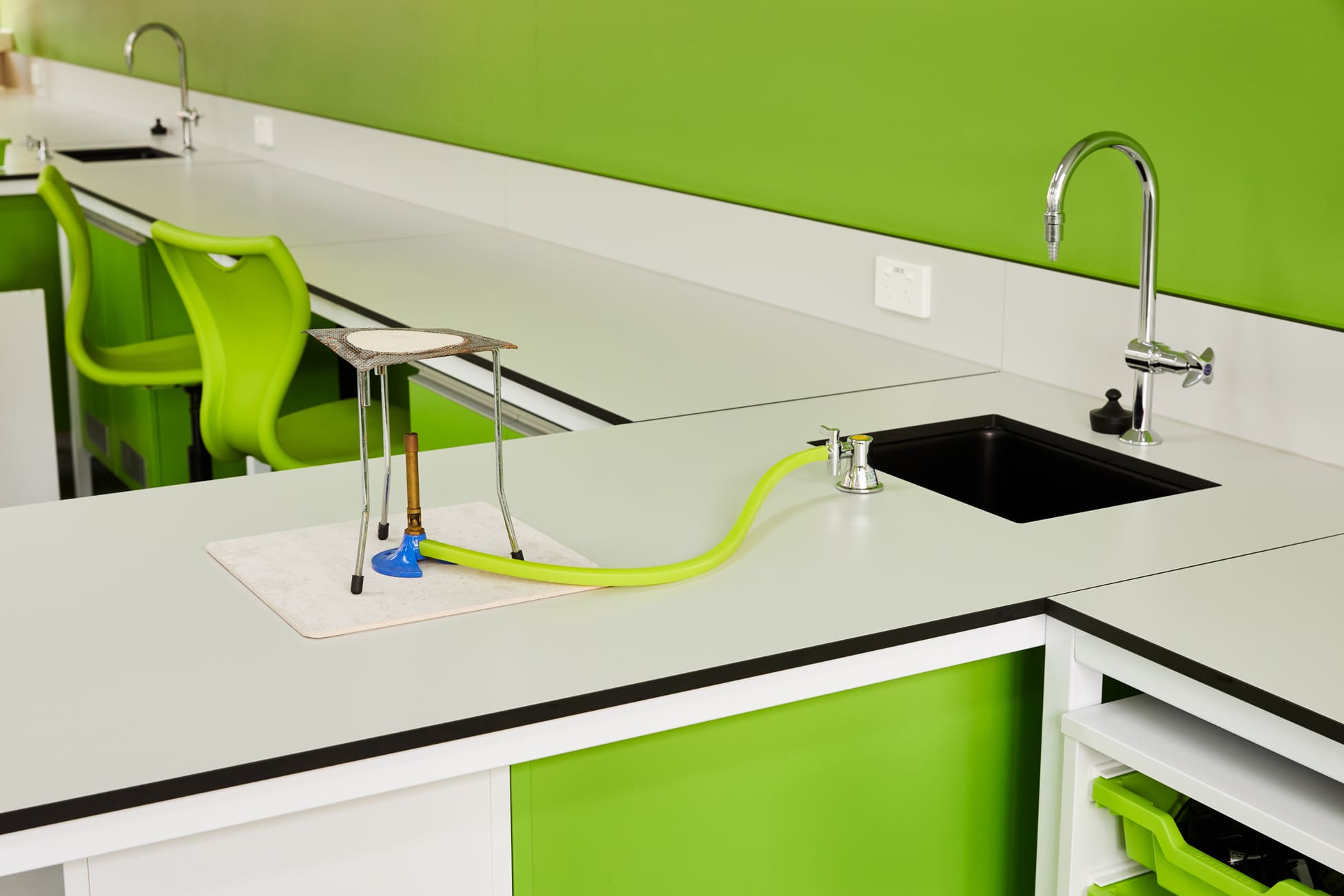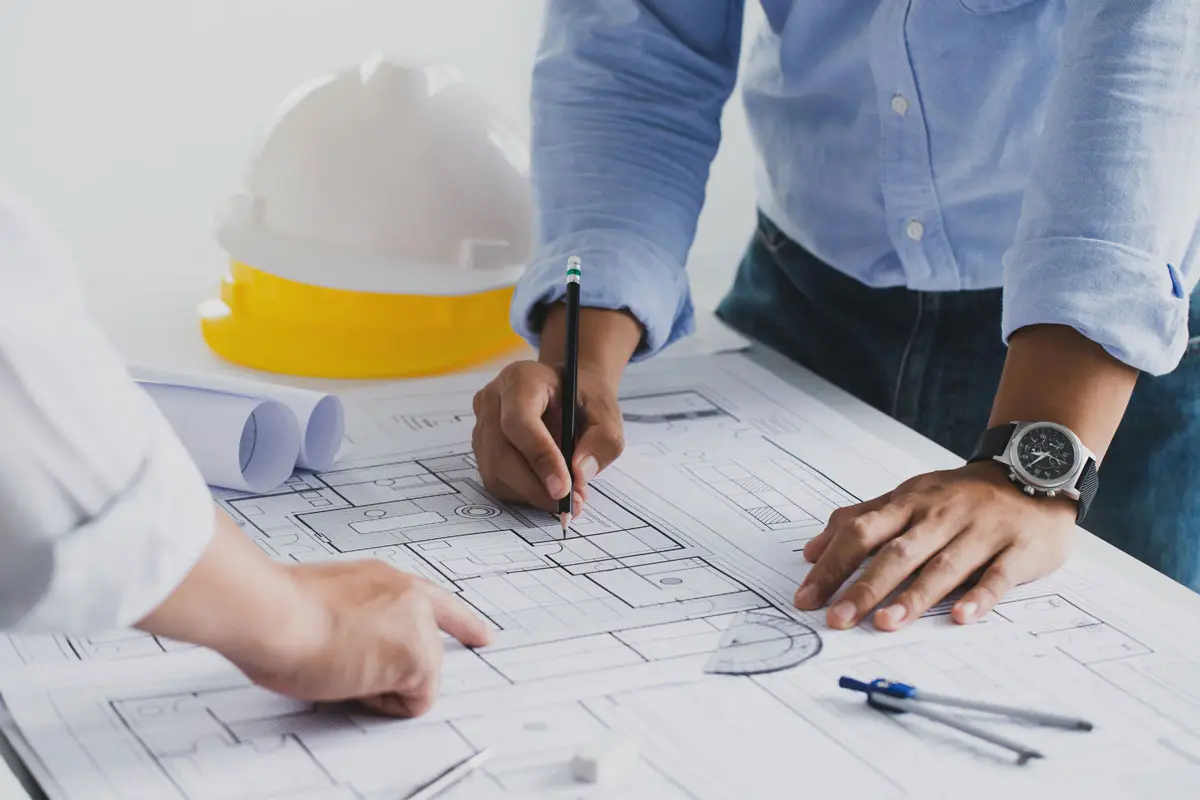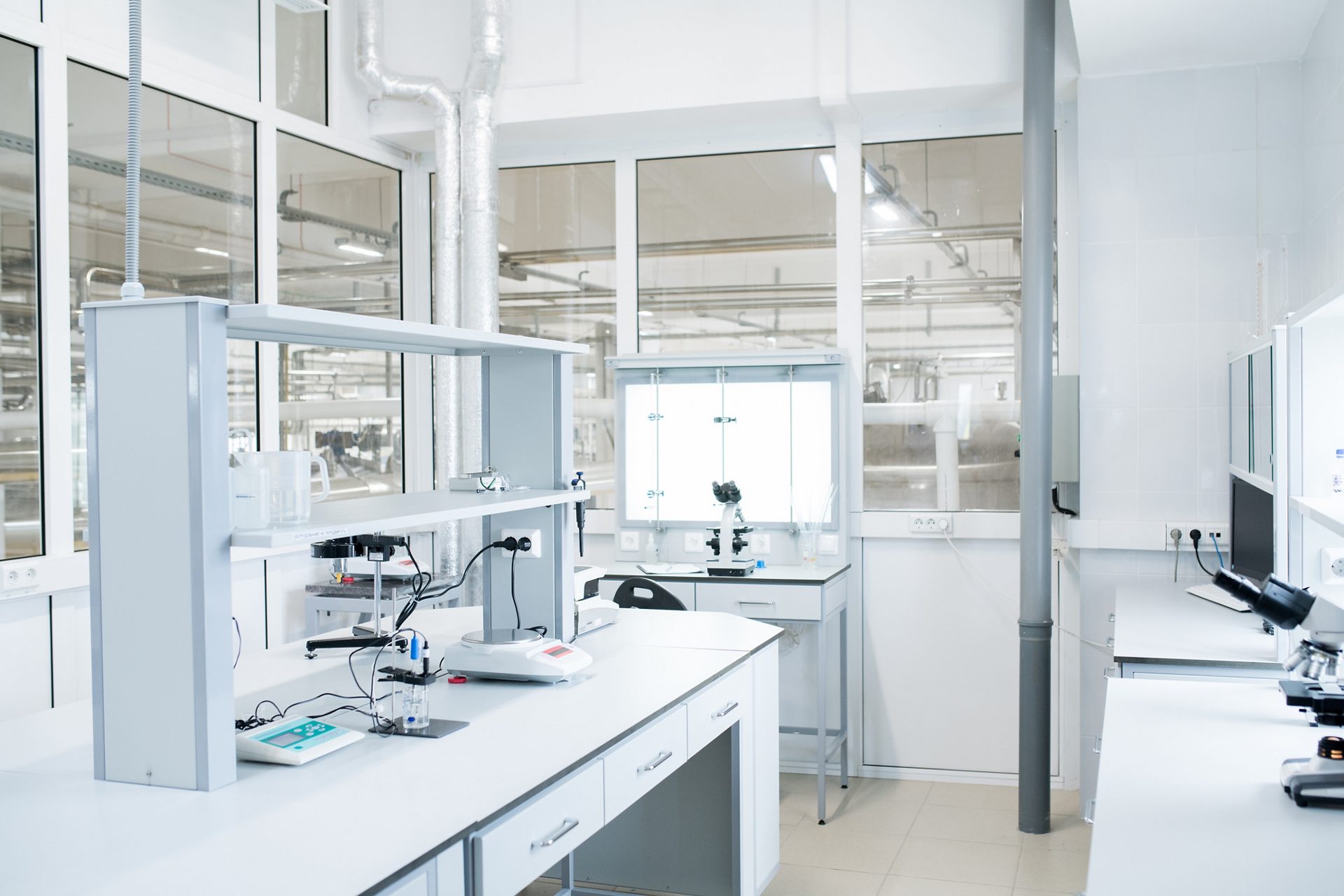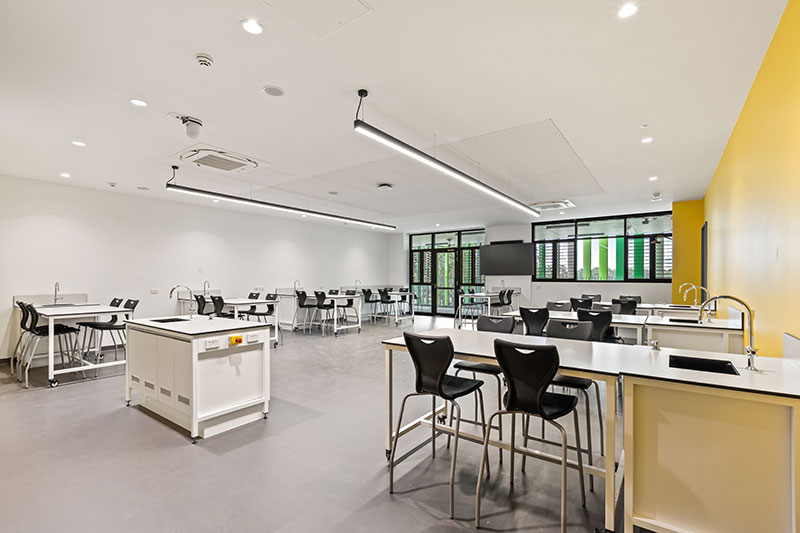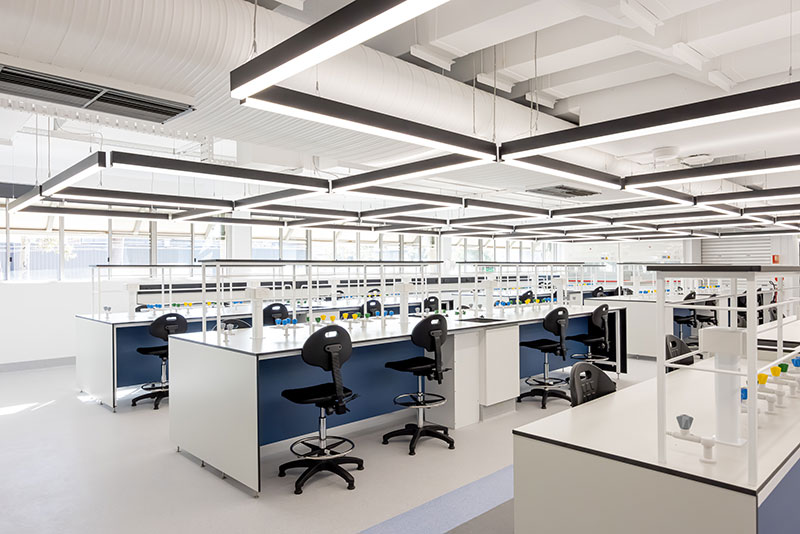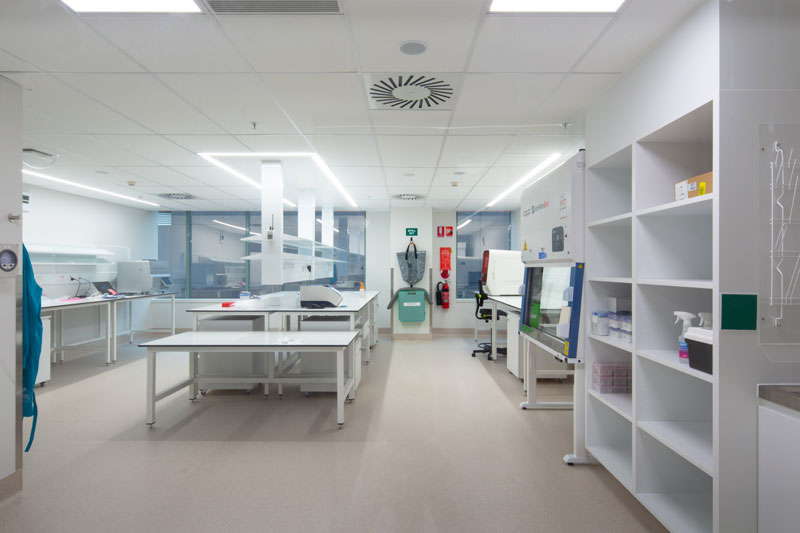Laboratories are places where accidents and unfortunate incidents are evident. These can happen due to a minor mistake or a slight overdose of chemical reagents. To mitigate this, researchers spend weeks in the labs trying to find a durable solution to save precious lives. One thing that can surely help in this matter is using Laboratory 3D Model tools.
3D models are practical tools that can help lab designers think, design, and visualise their creations before they begin. They can choose between thousands of design templates, create their departments, and test-run the design to see if it needs any changes. These tools effectively create a harmless research facility that can only endorse discovery and innovations.
How Does Laboratory 3D Model Improve Safety In The Lab?
Lab design should be overwhelming and complete when it comes to security. It should not leave any room for accidents. 3d tools can help create a perfect scenario to see the future security problems and solve them beforehand. These tools offer various other assisting points to improve safety aspects in the lab.
Some of the safety attributes are as follows.
Simulating Scenarios
Lab designers can simulate multiple accidental scenarios in these tools to see the impact and damage to the lab. They can take essential preventive measures to prevent them in the lab environment by learning and understanding them with the utmost consideration.
Testing Equipment and Procedures
These 3D lab tools can also test-run the workings of the installations and tools in these applications. They work exactly like real-life machinery or lab operations. However, by testing them, lab designers can set settings that are not hazardous to scientists and make a lab a more secure place for advanced research.
Improving Accessibility
Most lab installations come with a safety manual. Using these 3D lab design tools, lab designers can embed these manuals in the system so that whenever scientists need any help, they can access them using these tools. Moreover, they can design a Lab Layout that has the most convenient tool accessibility to prevent any accident or spill.
Continuous Improvement
Even after the installation and final design, lab designers can continuously use 3D tools to improve the lab’s safety. These tools allow the designer and lab users to conduct thorough research and make their working lab the safest place for modern science and the latest discoveries.
Integration of Safety Features
Lab designers can effectively add ventilation systems, fire suppression mechanisms, and other safety features that can be incorporated into the 3D model. They can even run a test on these machines to get precise results. Through this lab, designers can improve safety in the lab with more accurate safety installations.
Therefore, 3D model tools effectively create a safe and secure lab environment. One can create a Unique and Productive Laboratory Design using these tools in a few steps. By leveraging the benefits of 3D tools, one can craft a helpful lab for complex experiments and maximum protection from accidents.
Standard Safety Tools Used In The Lab Settings
Multiple safety tools, as well as delicate tools, are used in the lab to ensure the lab personnel’s security. Most of these tools are sturdy and have a fire-resistant coating to increase their effectiveness.
Some of the tools are listed as follows.
Emergency Equipment
Every lab stores emergency safety equipment, including fire extinguishers, first aid kits, PPE kits, emergency eyewash centres, and shower areas. An emergency evacuation kit and roadmap can be added to the lab’s wall to prevent spills.
Chemical Safety Equipment
Examples of this include fume hoods, chemical storage cabinets, and chemical spill kits. All scientists use chemicals and reagents, so installing these in the lab facility will increase security and accessibility simultaneously.
Radiation Safety Equipment
Almost all labs produce a significant amount of radioactive rays. To mitigate this, scientists use a set of efficient radiation safety kits. It includes dosimeters or Geiger counters to prevent users from getting X-rays, gamma rays, or radioactive side effects.
Electrical Safety Equipment
In this case, lab designers and owners can install efficient wiring to prevent the user from being electrocuted. They can also put safety hoods and insulated plates on them to enable more safety.
Safety Labels and Signs
Lab owners can indicate the identity and hazards of chemicals stored or used in the lab. They can also provide warnings, instructions, and information about safety procedures, emergency equipment locations, and restricted areas.
With the increased use of high-tech machines and equipment, laboratory 3D model tools can help avoid accidents. These tools can efficiently craft a perfect design to provide scientists with an ideal working environment for research and development. Lab designers can list essential safety tools and install them properly using these 3D modelling tools.
If you want to create a unique lab design, you have come to the right place. Westlab Spaces is an eccentric online platform that provides lab solutions to scientists, engineers, and designers. Our designs comply with the latest regulations and proven methods, so the lab is always up-to-date. To learn more about us, visit our website now!
FAQs
Island and collaborative-style laboratory layouts are the most productive regarding research, accessibility, and driven results.
Revit and Westlab Space’s cloud-based lab designing tools are some of the most prominent and effective lab designing tools in 3d modelling.
Standard 2D blueprints limit spatial awareness, hindering proactive safety planning and potentially overlooking ergonomic or layout issues that could create hazards.



